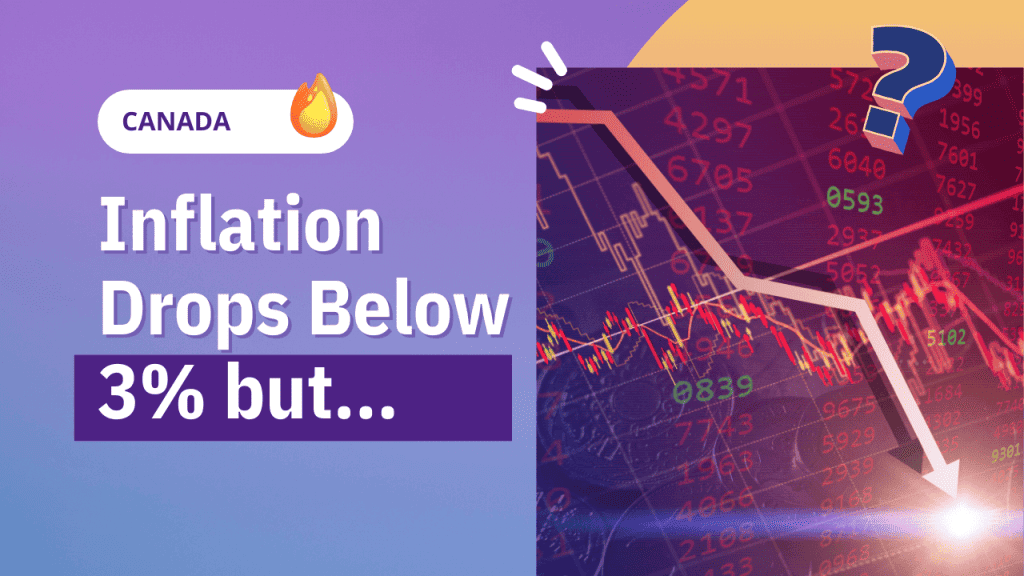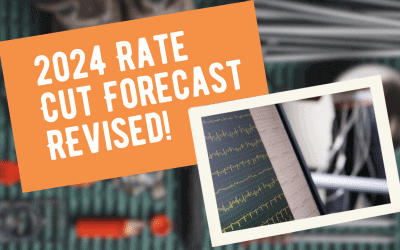Canada’s inflation rate took a step towards the desired 2% mark, slowing to an annual rate of 2.8% in June, the slowest pace since March 2021. This after a drop in May to 3.4%. While this figure was below market expectations of 3%, it provides some relief to Canadians who have been grappling with rising prices. However, a closer look reveals that the situation may not be as comforting as it seems, especially in terms of potential future Bank of Canada rate drops. Let’s examine the factors contributing to this scenario.

Slowing Reduction of Core Inflation
Core inflation, which excludes volatile items like food and energy, also decelerated in June, albeit at a slower pace. The Bank of Canada’s preferred measures of core inflation, CPI-median and CPI-trim, decreased to 3.9% and 3.7%, respectively. However, on a three-month annualized basis, the median remained steady at 3.6% while the trim rate accelerated to 4%. This mixed performance raises concerns about the stickiness of core inflation and its implications for future monetary policy decisions.
Mortgage Interest Costs and Inflation
One notable inflationary factor in Canada is the rise in mortgage interest costs. Driven by the Bank of Canada’s continued monetary policy tightening, the mortgage interest cost index increased at an annual pace of 30.1% in June, up from 29.9% in May. Excluding these higher mortgage costs, inflation would have been at the desired 2% level. This significant increase in mortgage interest costs poses challenges for Canadians and dampens the overall effect of the reported inflation rate.
Base Effects and Potential Reversal
The current easing of inflation is partly attributed to base effects, which could potentially reverse in the coming months. Base effects refer to temporary fluctuations caused by a comparison to a previous period with unusual price movements. As these effects wear off, inflation rates could creep back above 3%. For instance, the decline in gasoline prices that contributed to the current easing may no longer be as generous in the future. This possibility raises concerns about inflation returning to higher levels.
Bank of Canada’s Dilemma
The stickiness of core inflation measures remains a concern for the Bank of Canada. With CPI-trim and median showing little further progress towards the target band, there is a real risk that interest rates could be raised again after the summer. Some analysts believe the Bank will maintain a cautious approach and observe forthcoming data before making any decisions during its September 6 monetary policy meeting. However, others suggest that the full impact of rate hikes implemented so far will gradually manifest, leading to slower spending in the second half of the year. This scenario could prompt the Bank to keep rates unchanged for the remainder of the year.
While Canada’s headline inflation dropping below 3% brings some temporary relief, the underlying factors warrant caution. Slowing core inflation, the inflationary impact of rising mortgage interest costs, and the potential reversal of base effects all contribute to the uncertainty surrounding future inflation rates. The Bank of Canada faces the challenge of balancing these factors and determining the appropriate monetary policy response. As Canadians eagerly await the central bank’s decision, the focus remains on how the inflationary landscape evolves and its impact on the country’s economic stability.






0 Comments